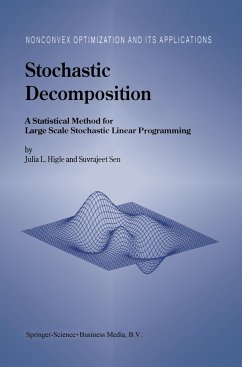Microscopic models 226 The intrinsic limitations of the theory of phase transitions 229 5. 3 Quantum Field Theory 230 5. 4 Spontaneous Symmetry Breaking 239 5. 5 Non-ideal models of emergence 249 5. 5. 1 Neural networks 250 5. 5. 2 Cellular Automata 261 5. 5. 3 Artificial Life 265 5. 6 The role of noise 273 5. 7 The relationships between traditional and non-traditional models 279 Chapter 6. The Role of Ergodicity 291 6. 1 Some definitions related to ergodicity 293 6. 1. 1 Ergodic 293 6. 1. 2 Disciplinary definitions 293 6. 2 Ergodicity and stationarity 300 6. 3 Ergodicity in Collective Beings 302 6. 4 Emergence, Collective Beings, and Ergodicity 306 6. 5 Further considerations 309 6. 6 Some remarks and possible lines of research 313 Chapter 7. Applications to Social Systems (1): growth, development, sustainable development and ethics 321 7. 1 Growth, Development and Sustainable Development 323 7. 1. 1 Representing Growth 324 7. 1. 2 Development 326 7. 1. 3 Managing for development 334 7. 2 Ethics 336 7. 2. 1 Ethics and Quality 340 7. 2. 2 Effectiveness and advantages of Ethics 342 7. 2. 3 Ethics for quality and effectiveness 343 7. 2. 4 Ethics and Globalization 346 viii Contents Chapter 8. Applications to Social Systems (2): systems archetypes, virtual systems, knowledge management, organizational learning, industrial districts 353 8. 1 Systems archetypes and collective beings 353 8. 2 Virtual systems 359 8. 2.








